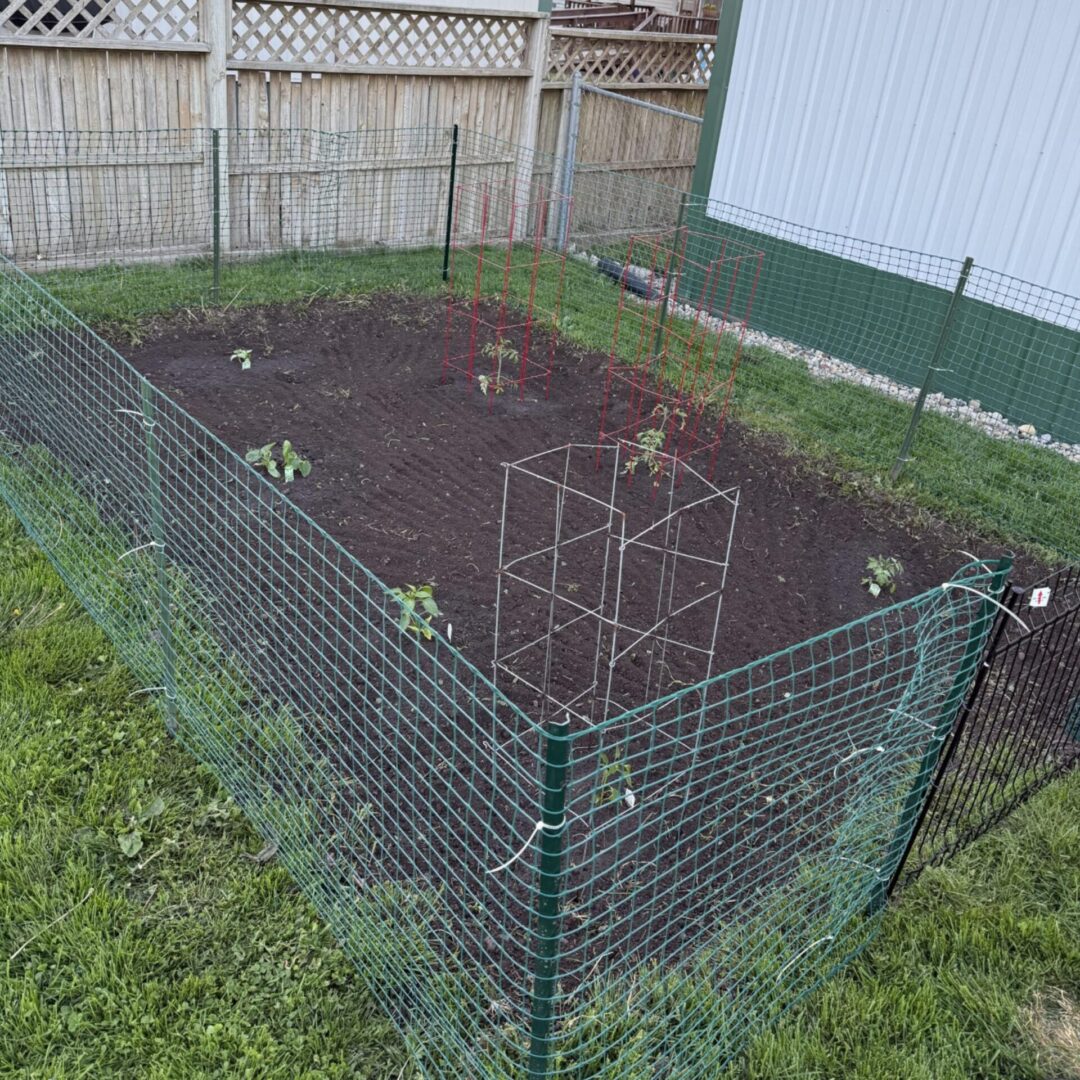By Thomas Best
If you have been following along with me over the last several weeks, you know that I am offering a travelogue of driving along Route 66. Today, we have reached the western half of the “Sooner State” of Oklahoma.
Once past Oklahoma City, this is the truly sparse region of that south central state. As in other locations along Route 66, you will run across small vintage gas stations and diners, such as “Lucille’s.” Built in Route 66’s earliest days in 1929, this simple, two-story” structure, is today named after a wonderful lady who ran this place for decades. The current owners have built a small motel nearby for weary travelers.
Not far to the west is the site of a post-Civil War military center for U.S. Cavalry soldiers: Fort Reno. Perched here in the rolling meadows of the Great Plains in 1874, its purpose was to protect wagon travelers, cowboys leading cattle drives, and to keep the peace between the Cheyenne and Arapahoe Indians. In the post cemetery you also learn the interesting legacy this fort. Here are the graves for both soldiers and their families who passed away here from illnesses and injuries. The saddest element, especially for my wife, was reading the oh too numerous stones of small children who died. During World War II, this rarely used post transitioned into a prison camp for captured German and Italian soldiers. The tombstones of these soldiers are in a special section. In the post museum, you can also read information and see artifacts related to some of the famous visitors at Fort Reno. From artist Frederick Remmington and pilot Amelia Earhart, there are some fascinating tales to be told. This was also, interestingly, once the home of famous black “Buffalo Soldiers” who guarded the western plains.
Next, comes two of our favorite stops on the whole Route 66 excursion. First, there is Clinton, where we found our favorite Route 66 museum and car display. With classic cars dating from the 1920s to the 1970s, there were likewise richly instructive historical illustrations from the period of the Dust Bowl during the Great Depression along with John Steinbeck’s great novel of that era. In case you have forgotten, “The Grapes of Wrath,” was the story of a family of “Okie” refugees driven west on the “Mother Road” by this ecological, economic, and human crisis. For instance, during this era, the price of wheat fell from $1.16 a bushel in 1925 to 33 cents in 1931, thousands of cattle died in the drought, and many people also fell victim to “dust pneumonia.”
Just down the road is the old-time museum at Elk City. Not just about Route 66, but illustrating as well the life in Oklahoma in the late 19th and early 20th centuries, you will discover a range of reconstructed original buildings such as a doctor’s office and train station, unique works of art such as athletic bronco buster, and historical displays with classic automobiles. You will need an hour or two to make this a worthwhile visit.
Next week it is on to the “Lone Star State” of Texas.
photo by: Oklahoma.gov













